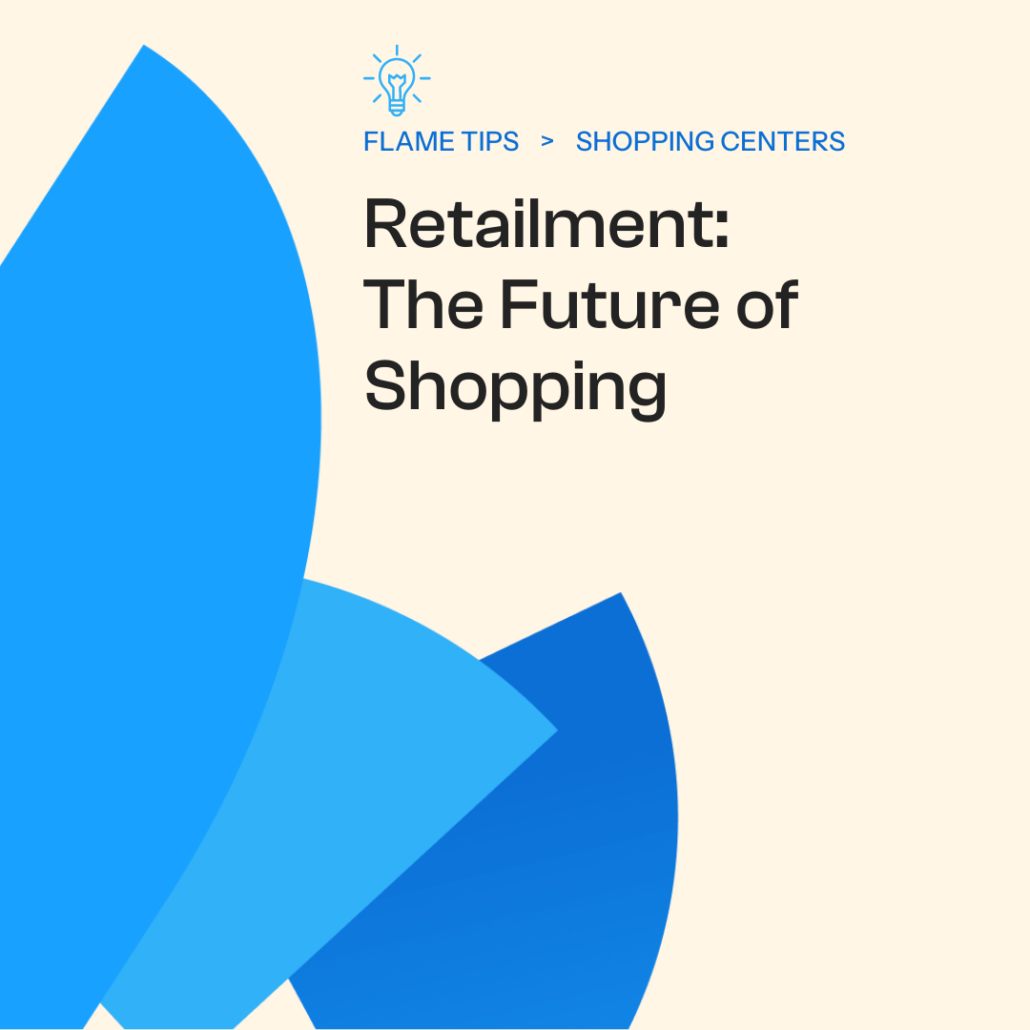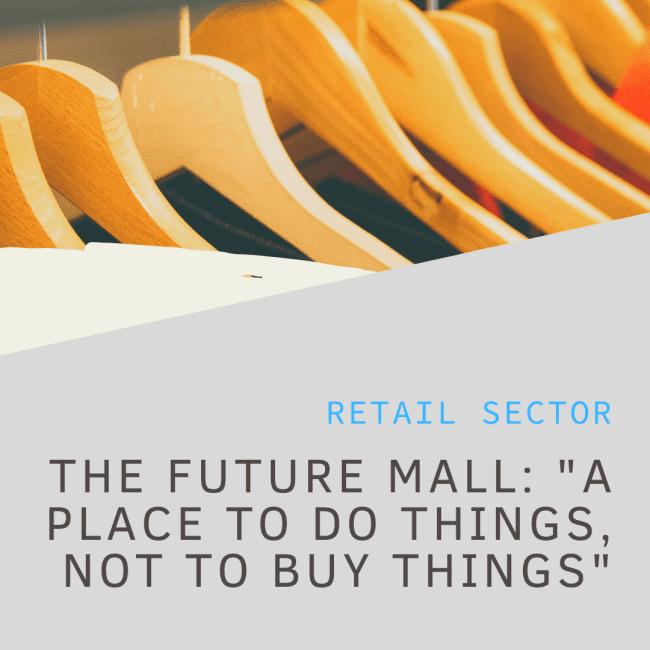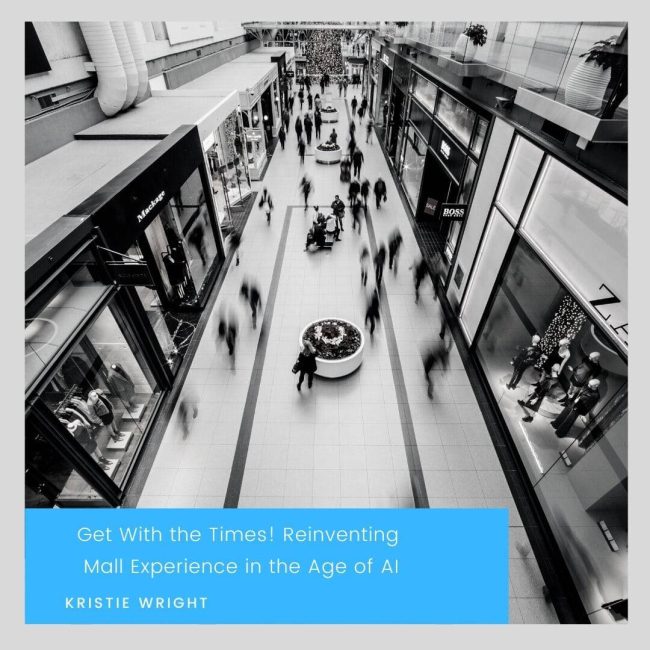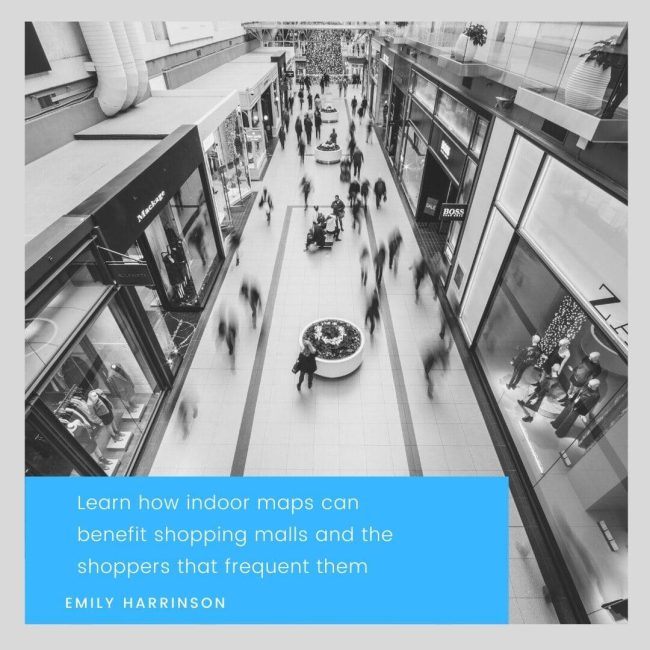A new concept known as “retailment” is gaining traction in the retail sector. Combining retail and entertainment, retailment is revolutionizing how consumers experience shopping, turning it into an engaging and immersive activity.
This blog explores different aspects of retailment, its impact on shopping malls, customer loyalty, the role of technology and future trends.
What is Retailment and Why is It the Future of Shopping?
Retailment merges the traditional retail experience with entertainment elements to create a more engaging and memorable shopping environment. This concept goes beyond merely selling products; it involves creating experiences that captivate customers and encourage them to spend more time in-store. Examples of retailment include interactive displays, live events, themed environments, and experiential zones within stores.
The shift towards retailment is driven by changing consumer preferences. Today’s shoppers seek more than just products; they crave experiences that are fun, social, and shareable. Retailment addresses this demand by offering a blend of shopping and entertainment, making it the future of retail. As a result, stores that embrace retailment are likely to see increased foot traffic, longer dwell times, and higher sales.
How Retailment is Transforming Shopping Malls
Shopping malls are at the forefront of the retailment revolution. Traditionally, malls have been collections of individual retail stores. However, with the rise of e-commerce, malls have had to reinvent themselves to attract visitors. Retailment provides the perfect solution by transforming malls into destinations for entertainment and socialization.
Modern shopping malls now feature a variety of entertainment options such as cinemas, arcades, virtual reality experiences, and live performances. These attractions draw people in, encouraging them to stay longer and explore the retail offerings. Additionally, food courts and restaurants are being redesigned to offer unique dining experiences, further enhancing the retailment environment. This transformation not only boosts foot traffic but also creates a vibrant, community-centered space.
How Retailment Increases Customer Loyalty
Retailment plays a significant role in building customer loyalty. By creating memorable and enjoyable experiences, retailers can foster emotional connections with their customers. These positive interactions encourage repeat visits and build brand loyalty. Here’s how retailment increases customer loyalty:
Enhanced Customer Experience
Offering entertainment alongside shopping makes the experience more enjoyable, encouraging customers to return.
Personalization
Retailment allows for personalized experiences that cater to individual preferences, making customers feel valued and understood.
Community Building
Retailment experiences often bring people together, fostering a sense of community and belonging that strengthens customer loyalty.
Loyal customers are more likely to become brand advocates, spreading positive word-of-mouth and attracting new customers. This cycle of engagement and loyalty is vital for the sustained success of retail businesses.
The Role of Technology in Retailment
Technology is a key enabler of retailment, providing the tools to create immersive and interactive experiences. Several technological innovations are driving the retailment trend:
Augmented Reality (AR) and Virtual Reality (VR)
AR and VR provide immersive experiences that can transform how customers interact with products. For example, AR can allow customers to see how furniture would look in their home, while VR can offer virtual store tours.
Interactive Displays
Digital signage and interactive kiosks engage customers with dynamic content and personalized recommendations.
Mobile Apps
Retailment-focused mobile apps can enhance the in-store experience by offering features like interactive maps, product information, and personalized offers.
Artificial Intelligence (AI)
AI-driven chatbots and recommendation engines provide personalized shopping experiences, increasing customer satisfaction and engagement.
These technologies not only enhance the retailment experience but also provide valuable data that can be used to further tailor and improve the customer journey.
What’s Next for Retailment? Emerging Trends and Innovations
As retailment continues to evolve, several emerging trends and innovations are set to shape its future:
Experiential Retail
Retailers will increasingly focus on creating immersive, themed environments that offer unique experiences beyond traditional shopping.
Sustainability
Eco-friendly and sustainable practices will become integral to retailment, appealing to environmentally conscious consumers.
Omnichannel Integration
Seamless integration of online and offline experiences will enhance convenience and personalization for shoppers.
Health and Wellness
Incorporating health and wellness elements, such as fitness classes and wellness workshops, will attract health-conscious customers.
Community Engagement
Retailers will focus on creating community hubs that offer social and cultural events, fostering stronger community ties.
Retailment is poised to redefine the retail landscape, offering exciting opportunities for retailers to connect with customers on a deeper level. By embracing these trends and innovations, retailers can create compelling experiences that drive engagement, loyalty, and growth.
Conclusion
Retailment represents the future of shopping, transforming retail experiences into engaging and memorable activities. By combining retail and entertainment, shopping malls and individual retailers can attract more customers, enhance loyalty, and stay ahead in the competitive retail market. As technology continues to advance and consumer preferences evolve, retailment will remain a key strategy for success in the retail industry.







